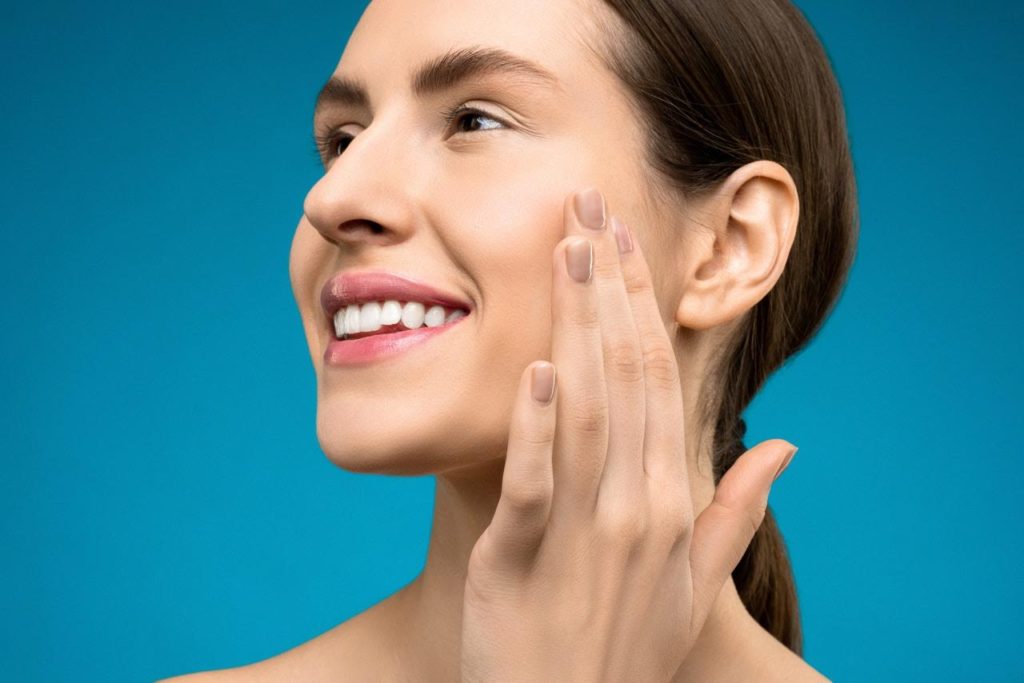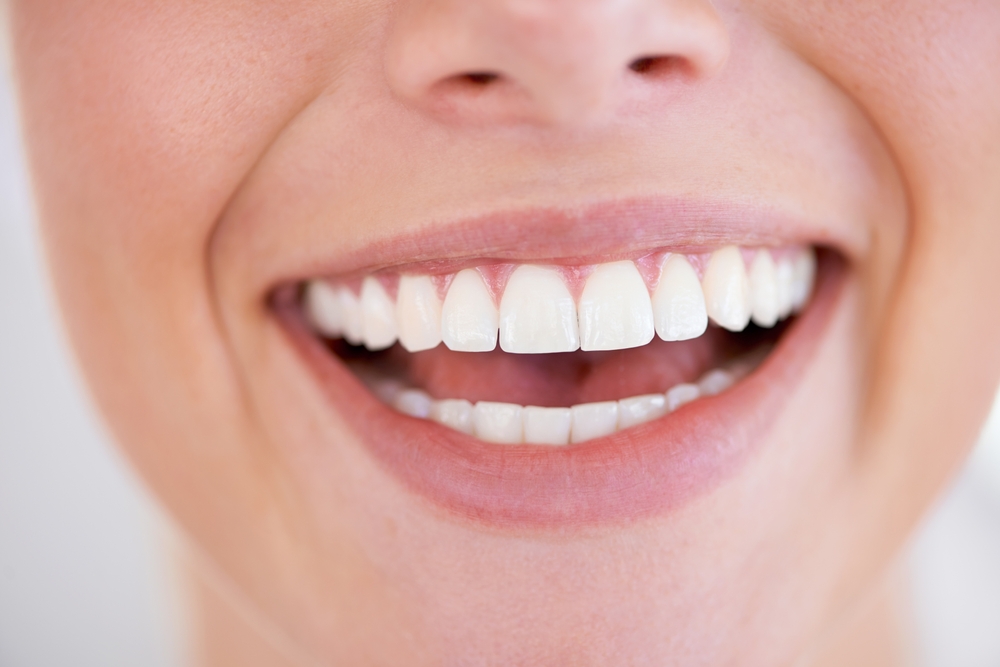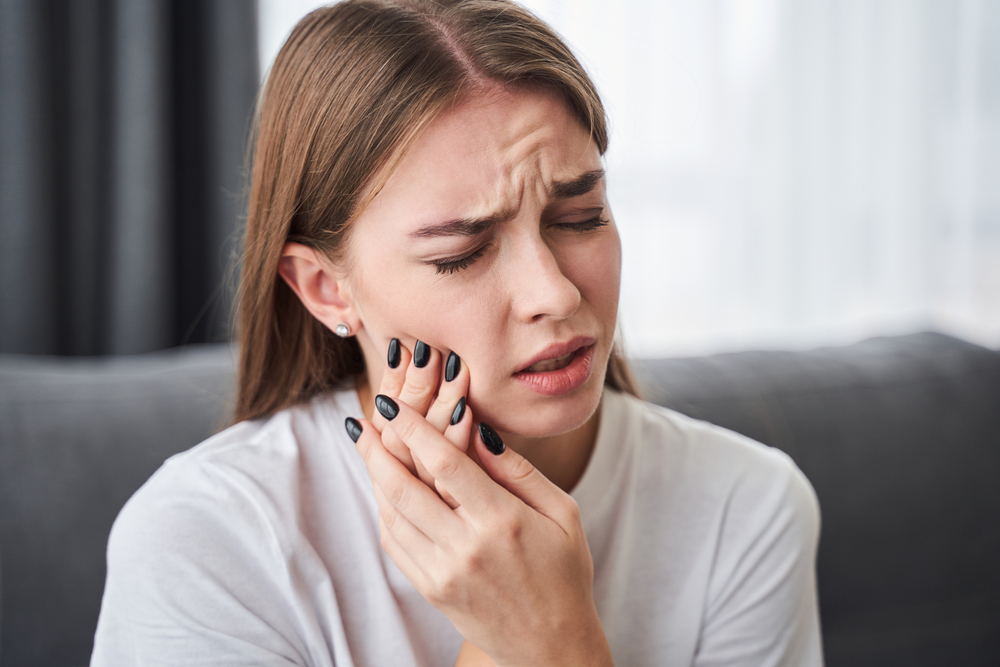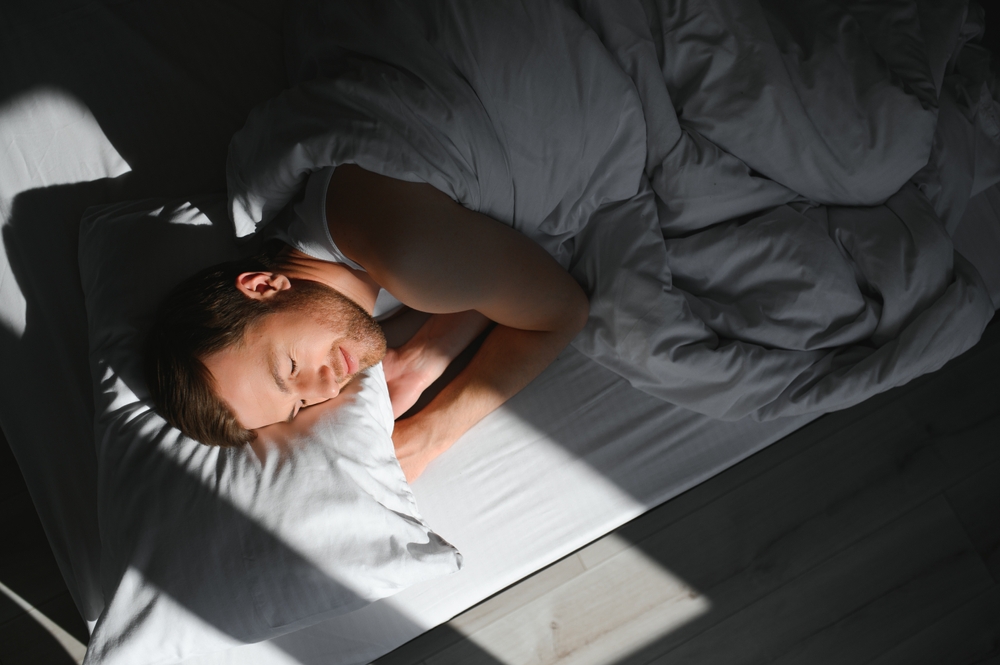Best known for addressing wrinkles, frown lines, crow’s feet, eyebrow lift, and other cosmetic benefits, Botox is the #1 rated product of its kind. Botox also has many medical applications.

If you’re considering Botox – here are answers to some of the most frequently asked questions and how this popular treatment can work for you:
What Is Botox?
Botox is a neurotoxic protein that block muscles from contracting. Botox is injected in a precise manner and dose to achieve the desired effects and is used by doctors in over 78 countries around the world
What Are Medical Uses of Botox?
The first FDA-approved use for Botox was in the 1980s to treat conditions like uncontrolled blinking and lazy eye.
Migraines: approved for migraines by the FDA in 2010, Botox has since then helped millions of chronic migraine sufferers, by blocking the neurotransmitters that carry pain signals from the brain. Botox injections are administered around the head and neck, where migraine pain usually concentrates and provide relief usually for around 12 weeks.
Chronic Headaches: For some, headaches are unfortunately a part of life, but Botox can help by blocking the pain signals coming from the brain to the head and neck.
Results are often felt within a day or two of the injection.
Botox for TMJ: an effective and non-surgical option for TMJ, a painful condition that causes jaw tension. Botox works by blocking pain signals and relieving TMJ tension. Results can be felt within 24-48 hours after the injection and can last up to 12 weeks for most patients.
Botox for Excessive Sweating: a solution for those suffering from hyperhidrosis (excessive sweating that occurs outside of typical sweaty circumstances), that works in the area where it is injected by stopping signals that trigger sweating from reaching the glands that produce sweat. Commonly used in the armpits, Botox can also be used on the hands, feet and face.
As you can see, Botox is more than a staple of cosmetic enhancement, and also has many other applications, such as Overactive Bladder, Cervical Dystonia, Lazy Eye, Eye Twitching, and Muscle Contractions.
What Are Cosmetic Uses of Botox?
Even with so many medical applications, Botox is best known for its many cosmetic uses – from smoothing out lines to fixing a smile.
Cosmetic Application of Botox Includes:
- Excessive Facial Wrinkles
- Large Wrinkles or Furrows in Your Forehead
- Small Wrinkles or “Crow’s Feet” Around Your Eyes
- “Frown Lines” Between Your Eyebrows
- Cobbling in the Chin
- Banding in the Neck
Aging is a fact of life that sooner or later affects everyone. Botox for smoother skin and a younger appearance in men and women is administered around the affected areas in strategic locations. Results are seen within a few days.
Because the precise location of the injection is essential, for best results and to avoid the chance of complications, it is important that you seek Botox for cosmetic use from specially-trained medical professionals like Dr. Stevens and his staff.
Botox For Your Smile: Your smile can light up a room, and if you have a less than ideal smile, Botox can bring back your confidence to show off your pearly whites again. The injection is administered to the upper mouth to relax the muscles that raise the lips when you smile to show less gum. You will notice results soon after the injection.
Since Botox for a smile needs to be injected in a precise spot in the muscle to work, it’s important to have a skilled medical professional administer it for you.
How Much Does Botox Cost?
The cost of Botox varies based on how many units are used. A unit of Botox typically costs $10 – $15, and your total cost will depend on how many units are needed to treat your specific concern.
Also, when you’re considering the cost of Botox, it’s important to be aware that you get what you pay for – while it may be tempting to find the place with the lowest Botox cost, beware of the quality. The Botox might be diluted, and the person administering the low-cost Botox might not have the skills and experience to give you the results you desire. Even more importantly – there’s an increased risk of complication and serious damage to your skin and muscles.
Will Botox Make Me Look More Youthful?
Wrinkly and saggy skin can make you appear older, and Botox can soften these lines and give the skin an overall smoother appearance. What’s more, lines on the face can also give you a harsh appearance, and Botox can help give you a softer, more youthful and radiant look.
If you’re seriously concerned about aging, you may want to find the right skin care regimen in combination with strategic Botox injections.
Will I Still Look Natural After Botox?
When administered by a skilled doctor, Botox will give you a look that’s very natural, with fewer lines and wrinkles.
Does Botox Hurt?
Botox is administered via an injection, and the feeling might be similar to a bee sting. However, we can reduce the discomfort of Botox injections by using a topical numbing cream.
How Long Does Botox Last?
For most patients, the results of Botox can last 3 – 4 months.
While looking their best is a top priority for many people who choose Botox, it is vital to take proper care following the treatment in order to receive the best results.
Now is the time for you or your loved one to seek a viable solution and achieve a higher quality of life with Botox – whether it’s for rejuvenating and enhancing your natural beauty or a medical condition.
Dr. Shea Stevens, your family dentist of Smiles By Stevens, has received broad education and specific training from Aesthetic Trainers, LLC, and is your trusted doctor for Botox in Lancaster, PA.
With specific training from Aesthetic Trainers, LLC, and his broad education in the anatomy of the face, head and neck, Dr. Stevens has become an ideal Doctor for facial rejuvenation procedures, such as Botox and dermal fillers (Juvederm) in Lancaster, PA.
Our commitment is to ensure every patient receives a treatment that they are proud of and are happy with the way they look – contact us today for a complimentary consultation and to learn more about Botox Lancaster PA at 717.581.0123.





